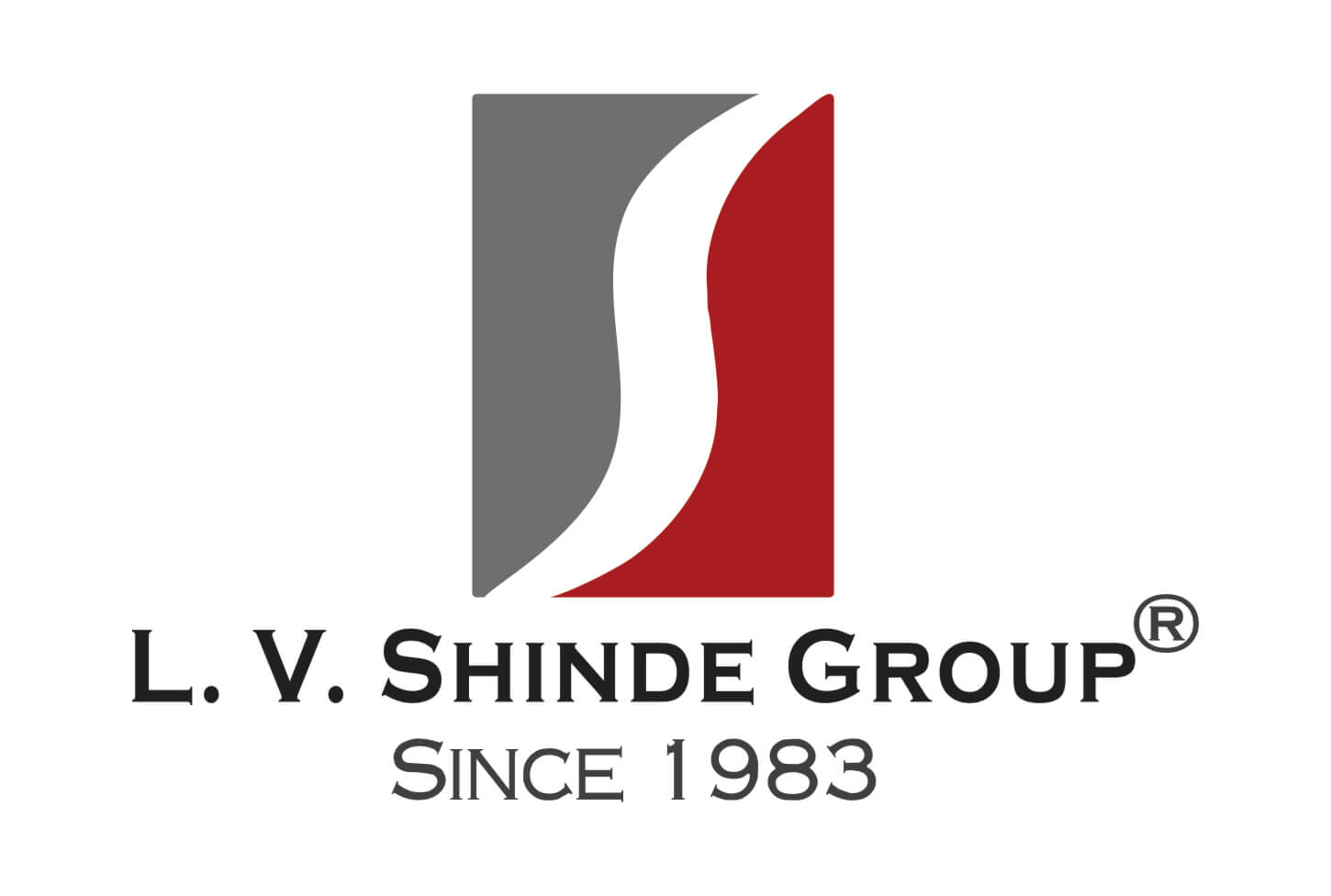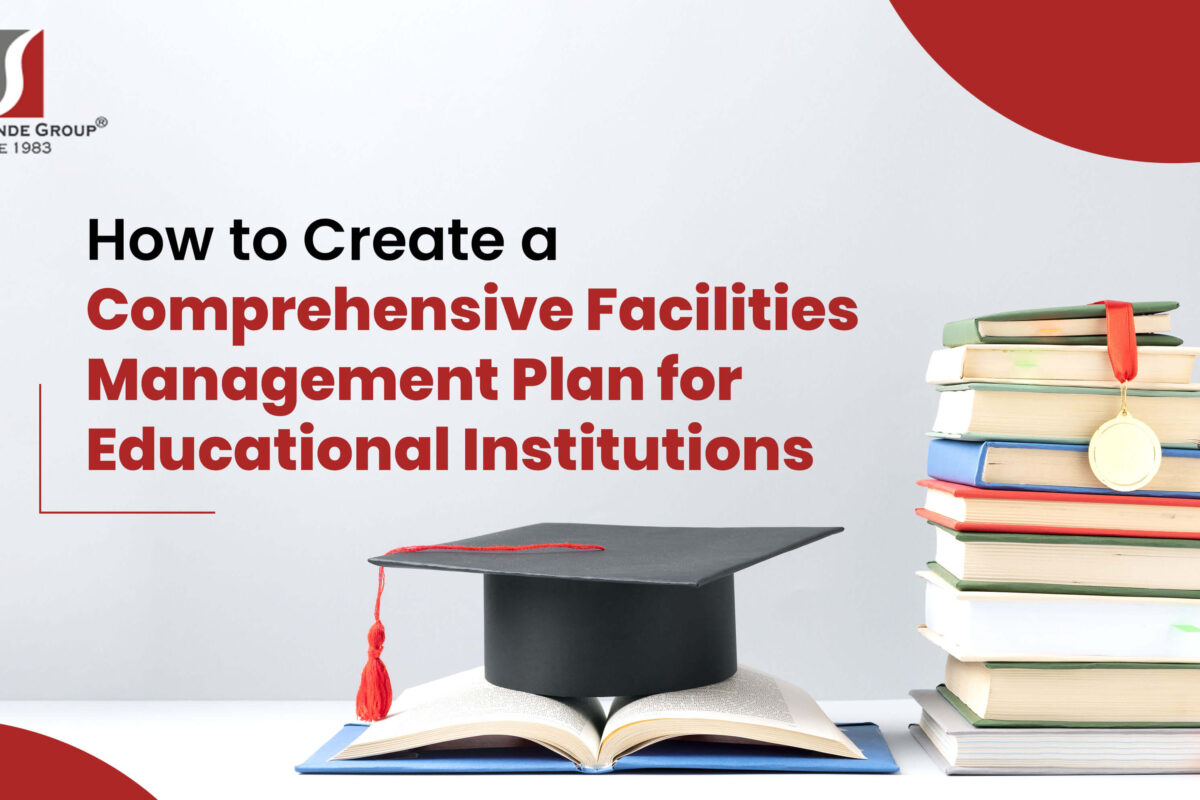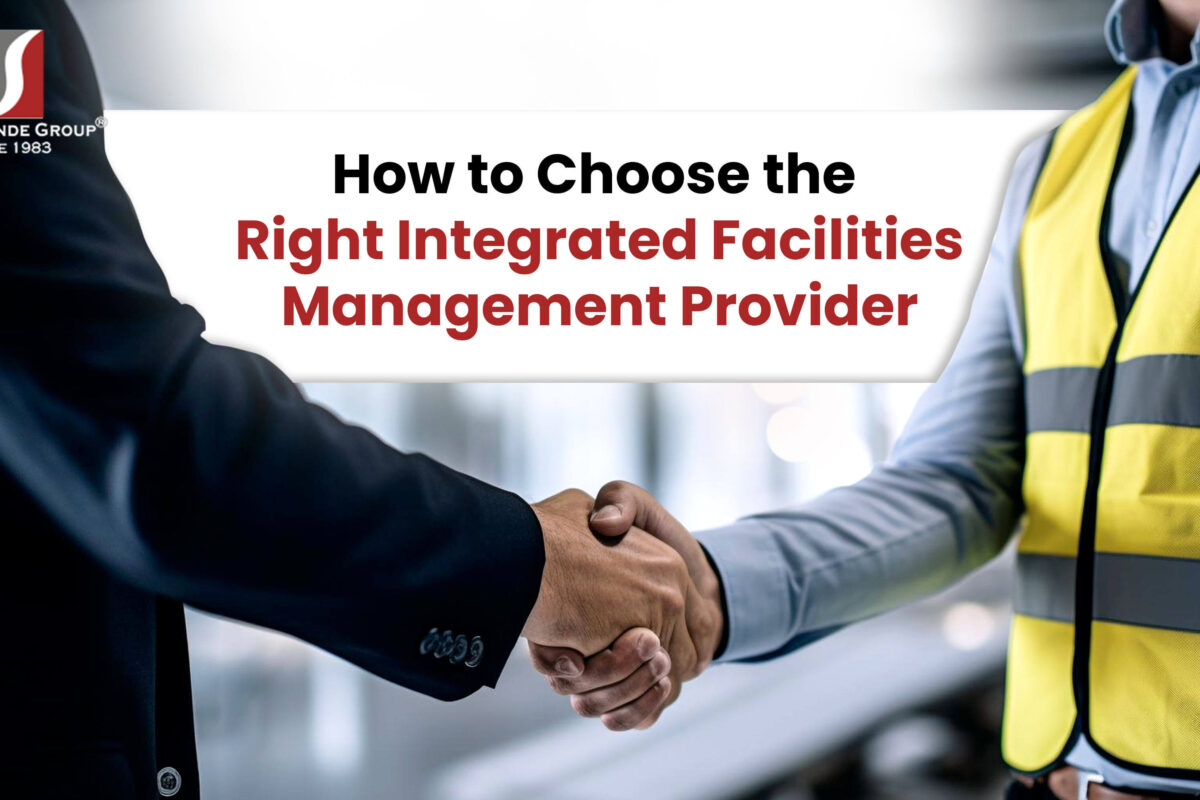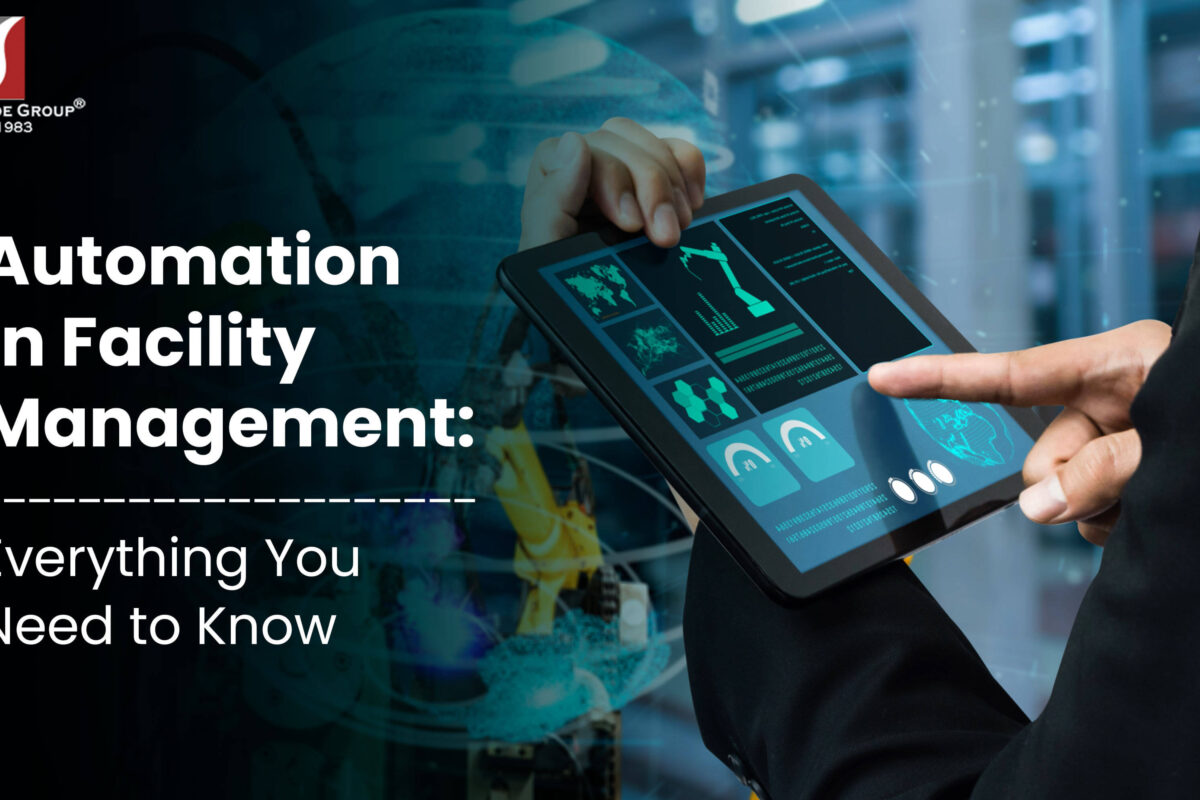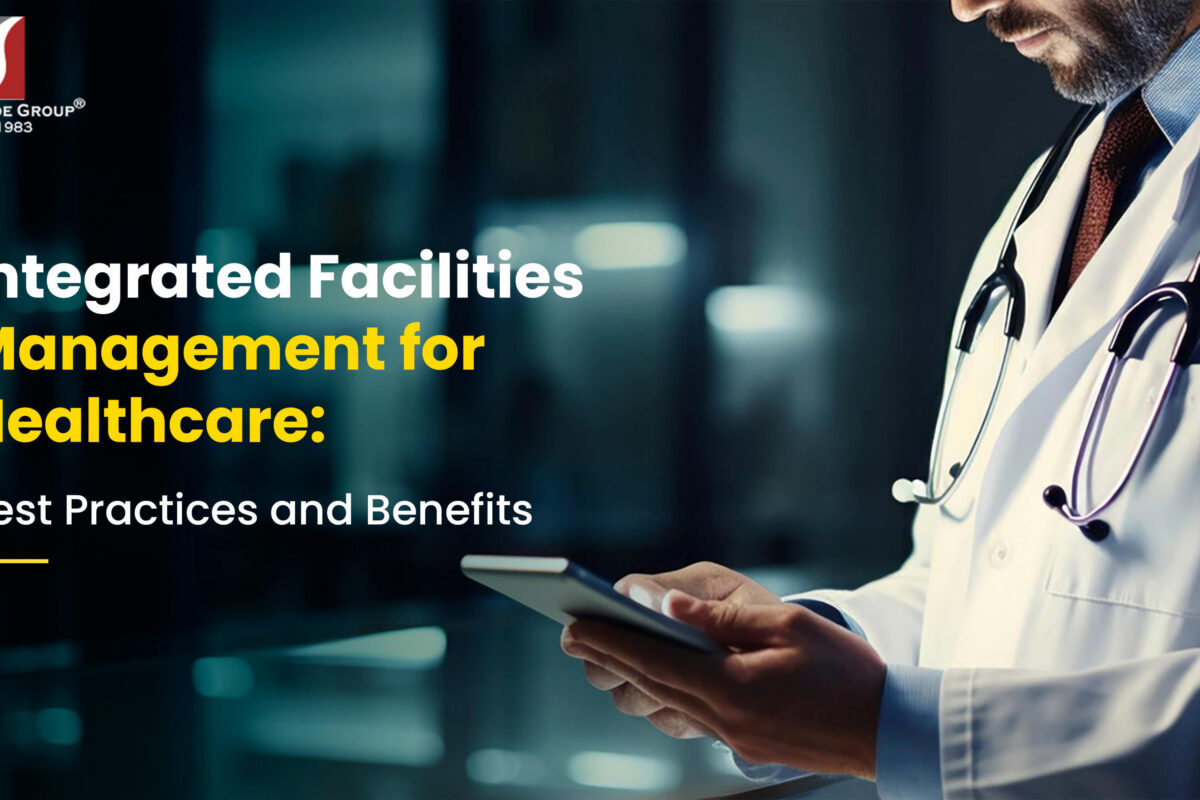How to Create a Comprehensive Facilities Management Plan for Educational Institutions
Do you know what sets a great educational institution apart from the rest? It’s not just the quality of teaching and research, but also the quality of its facilities. A well-maintained campus with excellent facilities not only attracts more students but also creates a positive learning environment. That’s why developing a comprehensive facilities management plan (FMP) is critical for educational institutions.
What Is a Facilities Management Plan?
A facilities management plan (FMP) is a comprehensive document that outlines the strategies, policies, and procedures for maintaining and managing a facility. It provides a framework for managing various aspects of a facility such as maintenance, safety, security, energy, space, and assets.
Educational institutions are complex environments that require effective management of various facilities, including classrooms, labs, libraries, and sports facilities. A dedicated FMP is essential to ensure the smooth running of these facilities and create a conducive learning environment.
What Is Educational Institutions Facility Management?
Facility management in educational institutions involves the maintenance, management, and operation of the physical assets and infrastructure of schools, colleges, and universities. It includes ensuring that facilities are safe and secure, well-maintained, and efficiently managed.
Facility managers in educational institutions are responsible for the day-to-day management of buildings, equipment, and services. They ensure that these facilities meet the needs of students, staff, and faculty and contribute to the overall success of the institution.
The Role of Facility Management in Educational Institutions
Facility management plays a critical role in ensuring the success of educational institutions. Some of the key roles of facility management in educational institutions include:
- Maintaining the safety and security of the facility and its occupants
- Ensuring that the facility is well-maintained and meets regulatory requirements
- Optimizing energy use to reduce costs and improve sustainability
- Ensuring efficient space utilization and management to meet the needs of students, staff, and faculty
- Managing assets and procurement to optimize the use of resources
Elements of Educational Institutions
A comprehensive FMP for educational institutions should cover various elements of facility management. Here are some of the critical elements of an FMP:
1. Facility Maintenance And Management
This element covers the policies and procedures for maintaining the facility, including preventive maintenance, corrective maintenance, and emergency repairs.
2. Safety And Security
This element covers the policies and procedures for ensuring the safety and security of the facility and its occupants, including fire safety, building security, and emergency preparedness.
3. Energy And Sustainability
This element covers the strategies for optimizing energy use, reducing costs, and improving sustainability, including energy-efficient lighting, heating, and cooling systems.
4.Space Utilization And Management
This element covers the policies and procedures for managing space and ensuring that it is used efficiently and effectively to meet the needs of students, staff, and faculty.
5. Procurement And Asset Management
This element covers the policies and procedures for managing assets and procurement to optimize the use of resources and ensure that the facility has the necessary equipment and supplies.
Developing A Facilities Management Plan
Developing a comprehensive FMP for educational institutions involves several steps. Here are some of the critical steps involved in developing an FMP:
1. Establishing A Facilities Management Committee:
Establishing a committee of key stakeholders is critical to developing an effective FMP. This committee should include representatives from different departments, including facilities, operations, finance, and administration.
2. Conducting A Facilities Assessment:
Conducting a comprehensive assessment of the facility is essential to identify areas that need improvement. This assessment should cover various elements of facility management, including maintenance, safety, security, energy, and space utilization.
3. Setting Goals And Objectives:
Setting clear and measurable goals and objectives is critical to developing an effective FMP. These goals should align with the institution’s overall mission and vision and should be specific, measurable, achievable, relevant, and time-bound.
4. Creating An Action Plan:
Creating a detailed action plan outlining the strategies, policies, and procedures for achieving the goals and objectives is critical to developing an effective FMP. The action plan should be based on the findings of the facilities assessment and should cover various elements of facility management. It should also include a timeline for implementation, budget, and resource requirements.
5. Implementing The Plan:
Implementing the FMP involves executing the action plan and monitoring progress towards achieving the goals and objectives. It is essential to have a dedicated team responsible for implementing the plan and ensuring that it is executed effectively.
Evaluating And Updating The Facilities Management Plan
Evaluating and updating the FMP is critical to ensure that it remains relevant and effective. It is essential to review the FMP periodically and make necessary adjustments to align with the institution’s changing needs.
The evaluation should involve assessing the FMP’s effectiveness in achieving the goals and objectives and identifying areas that need improvement. Based on the evaluation, the FMP should be updated, and necessary adjustments should be made to ensure that it remains effective.
The Role Of Technology In Facilities Management
Technology plays a significant role in facilities management, and educational institutions can leverage technology to improve the efficiency and effectiveness of their facility management processes. Some of the ways that technology can be used include:
- Facility Management Software: Facility management software can help facility managers to automate various processes, including maintenance scheduling, work order tracking, and asset management.
- Energy Management Systems: Energy management systems can help to optimize energy use, reduce costs, and improve sustainability by providing real-time monitoring and analysis of energy consumption.
- Building Automation Systems: Building automation systems can help to improve the efficiency of building operations by automating various systems, including lighting, heating, and cooling.
Benefits Of Educational Institutions Facility Management
Effective facility management in educational institutions can provide several benefits, including:
- Ensuring a safe and secure learning environment
- Enhancing the learning experience by ensuring that facilities meet the needs of students, staff, and faculty
- Reducing operating costs through improved energy efficiency and resource management
- Ensuring regulatory compliance and reducing liability risks
- Improving the overall reputation of the institution
Tips For Effective Educational Institutions Facility Management
Here are some tips for effective facility management in educational institutions:
- Develop a comprehensive FMP that covers all critical elements of facility management.
- Establish a dedicated team responsible for managing and implementing the FMP.
- Leverage technology to improve efficiency and effectiveness.
- Conduct regular assessments and evaluations to identify areas that need improvement.
- Foster a culture of safety and sustainability among students, staff, and faculty.
Conclusion
A comprehensive FMP is critical to effective facility management in educational institutions. By developing a comprehensive FMP, educational institutions can ensure that their facilities meet the needs of students, staff, and faculty, create a safe and secure learning environment, and reduce operating costs.
Streamline Your Educational Facility with Our Management Expertise
Are you ready to improve your facility management processes and create a better learning environment for your students?
Our team of experts can help you streamline your educational facility’s management processes and develop a comprehensive FMP.
Contact us today to learn more about how we can help you achieve your facility management goals.
